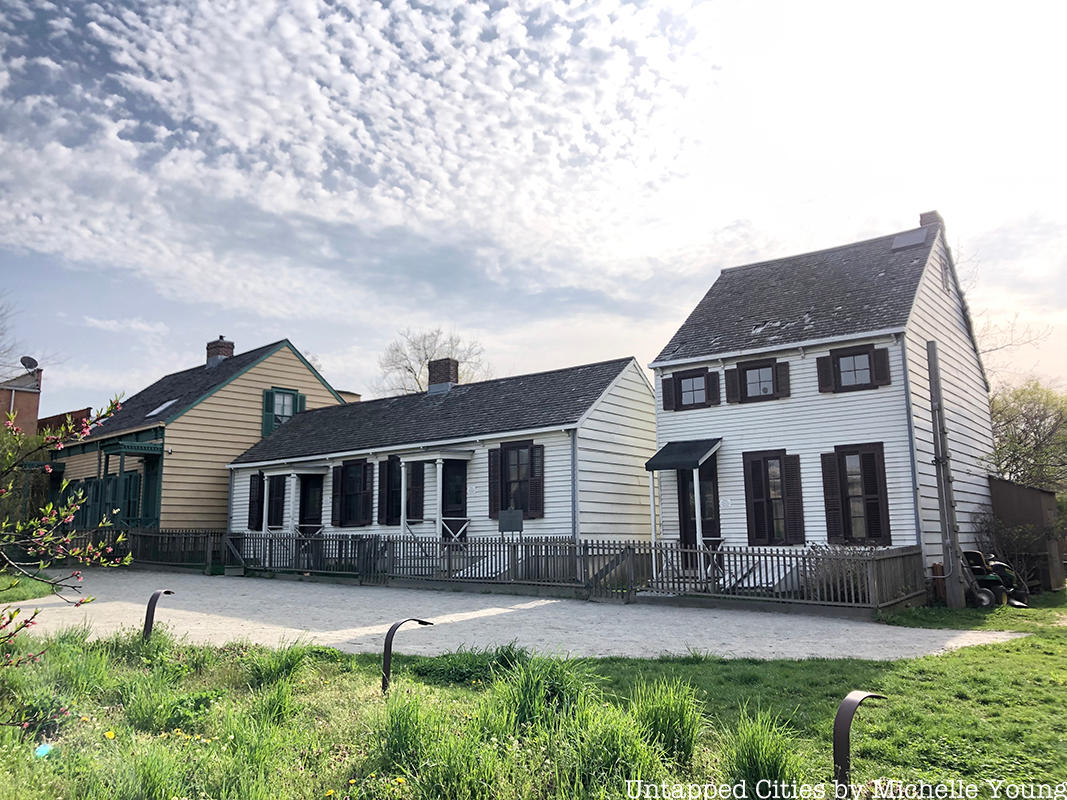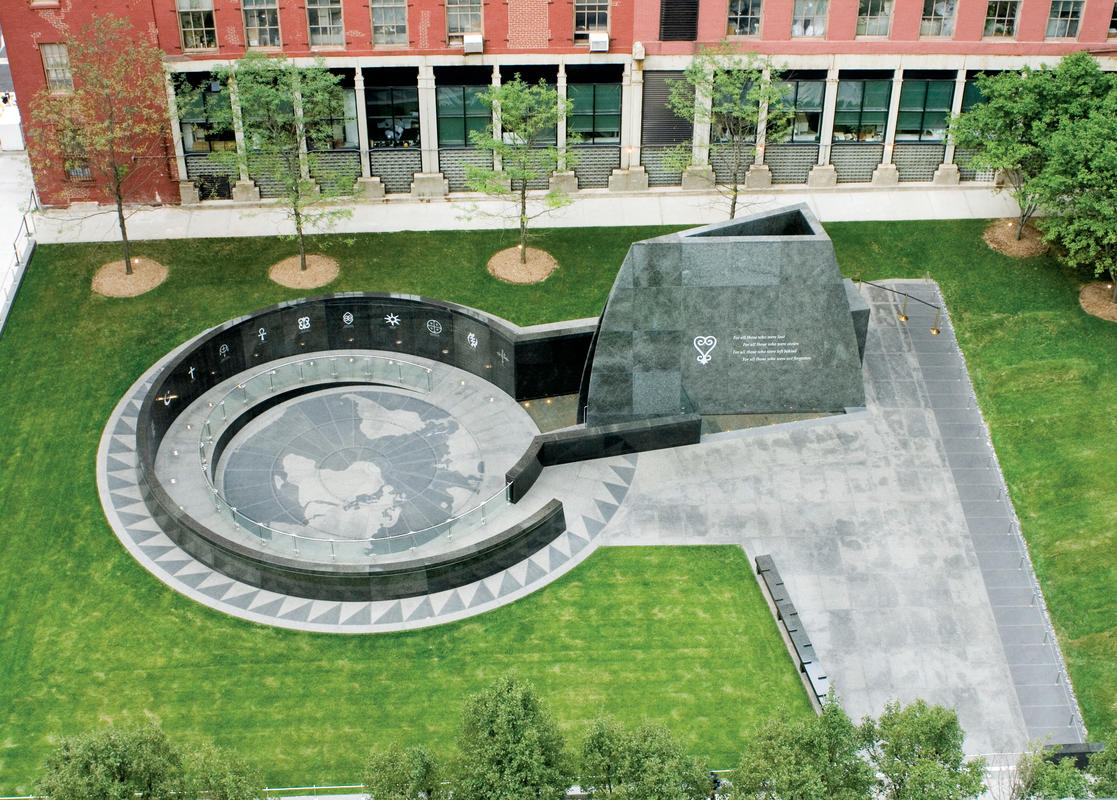
For the last few hundred years, New York City has been one of the country’s epicenters of African-American and Black culture, from early free Black settlements in the 1820s to musical icons in the 1930s to modern-day Black activists. All throughout the city there are historic sites where influential Black figures lived and practiced their craft, from the Lewis Latimer House in Flushing to the Claude McKay Residence in Harlem. According to writer Laura Itzkowitz (an Untapped New York contributor and former managing editor) in her article for Architectural Digest “When Architecture and Racial Justice Intersect,” only 2% of the nearly 95,000 entries on the National Register of Historic Places focus on the experience of Black Americans, but you don’t have to search hard to find an abundance of sites connected to Black history around New York.
New York City is fortunate enough to have many relics of African-American struggles and victories preserved as landmarks. Yet there are many others, especially in the Bronx, that are forgotten or at best, commemorated only by a plaque. Here is our guide to Black historic sites in New York City across the five boroughs, including both landmarked and un-landmarked sites. Some have historic plaques, others do not.
We have organized the locations by date first built, but in some cases the connection to Black history may have occurred later than when the building was originally built, started in an earlier building that has been demolished, or have been connected to the site since the very beginning. This is by no means an exhaustive list but we attempted to highlight here sites that should be known to the public as well as those that have slipped under the radar.
1. African Burial Ground (~1712)

The African Burial Ground National Monument is found in the Civic Center area of Lower Manhattan that contains the remains of more than 419 Africans from the 17th and 18th centuries. It is estimated that there were as many of 10,000 to 20,000 burials in the 1700s, and it is considered New York’s oldest African-American cemetery.
In the 1600s, the Dutch West India Company brought over slaves from Angola, Congo, and Guinea, and by the mid-17th century, a village called the Land of the Blacks saw 30 African-owned farms in modern-day Washington Square Park. It was estimated that 42% of households in New York had slaves, which eventually totaled about 2,500 by 1740. Slavery was ultimately abolished on July 4, 1827, yet only one-third of the city’s blacks were free in 1790. The site was initially labeled on old maps as “Negro Burying Ground,” and the first recorded burials for people of African descent occurred in 1712, but it is speculated that the burial ground was in use two decades earlier.
Some of the bodies of the deceased were illegally dug up for dissection, which sparked the 1788 Doctors’ Riot. The city shut down the cemetery in 1794, and urban development began taking place over the burial ground. The land remained largely forgotten until bones were discovered in 1991 during an archaeological survey by the General Services Administration. Protests occurred just a year later after it was discovered that the GSA had damaged some of the burials and took little care in excavation efforts. George H.W. Bush signed a law to redesign the area and to install a $3 million memorial, which was dedicated in 2007 to commemorate the role of Africans and African Americans throughout New York City’s history. In 1993 the African Burial Ground was designated a New York City Landmark and a National Historic Landmark. It is also a National Historic Monument.





